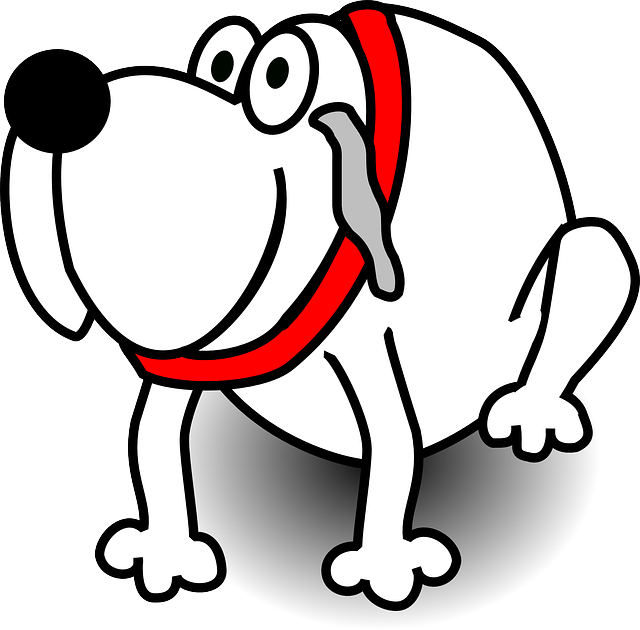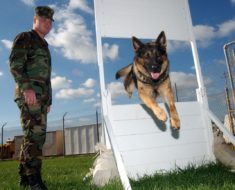
As a puppy or dog owner, there will be occasions when you would like to use a dog training collar to train your dog or just be assured of having more control over your dog’s behavior.
Dog training collars can be simple flat collars that are secured around your dog’s neck and allow you to have some control over your dog. Besides also allowing you to add your dog’s ID on the collar, these collars are often brightly colored and enable you to quickly zoom in and identify your dog.
If your dog likes to pull or even lunge, there is the harness collar which allows you to better control your dog’s body and avoid excessive lunges.

Head collars also allow you to control you dog’s body but primarily control is at the head area. Be mindful to make sure that the collar has a good fit and learn how to use wear it on your dog and use it when you are outdoors walking your dog. Otherwise, there is a chance that your dog could sustain an injury.
These days, there are also electronic collars that may be worn around a dog. Such collars may have a remote control and there may be sounds that can be triggered by you. Some of these collars may even exert a mild shock that does not hurt your dog but will get your pet’s attention. Electronic collars whether those that emit and audible sounds or a mild shock should be used correctly while you apply positive reinforcement techniques in training or conditioning your dog. Such electronic collars can help you modify or manage unwanted behaviors (e..g barking, running away), but can also help you train desired behaviors (e.g. recall). Again, a good comfortable fit important and learn how to use the remotely operated signals so that you can train your dog and avoid giving mixed or confusing signals to your pet.
When selecting a dog training collar, safety and the comfort of your dog should be the key considerations, followed by the desired dog training objective with the use of the particular collar. Besides a comfortable fit, do be observant and make sure that the collar does not cause abrasion or chaffing injuries to your dog in any way.
Puppy owners may also like the dog training collar to be secure but can easily be removed when they choose to do so.
Getting your puppy or dog to get used to the dog training collar might require a bit of desensitization or some practice to get the dog used to the seeing the collar and having it secured around its neck or body. Gradual introduction of the collar in small steps would be a good way to start the process.
It may be helpful to show new things or objects to your dog and sometimes touching the object on your dog or allowing your dog to sniff and explore it. This allows them to learn that, now and again, there will be new objects that will be introduced and these objects may be included in their training or even play sessions with you.
Some dogs are really active and when considering the use of dog training collars, understand your dog and use love while thinking about your ultimate training goals to see how best the training collar can help you achieve these goals.



